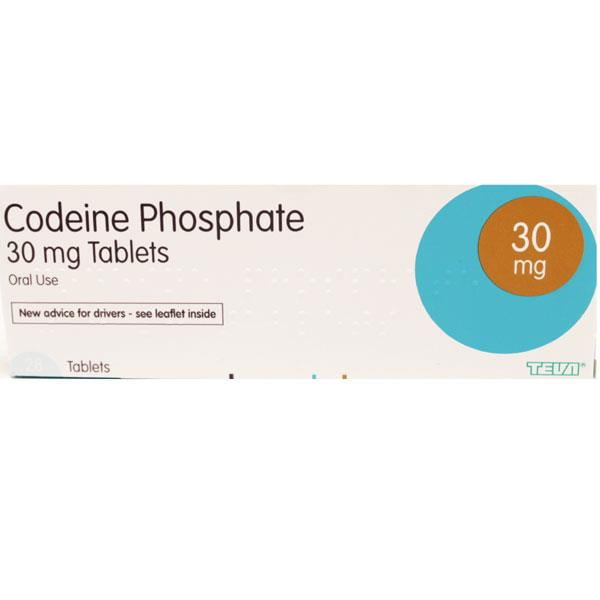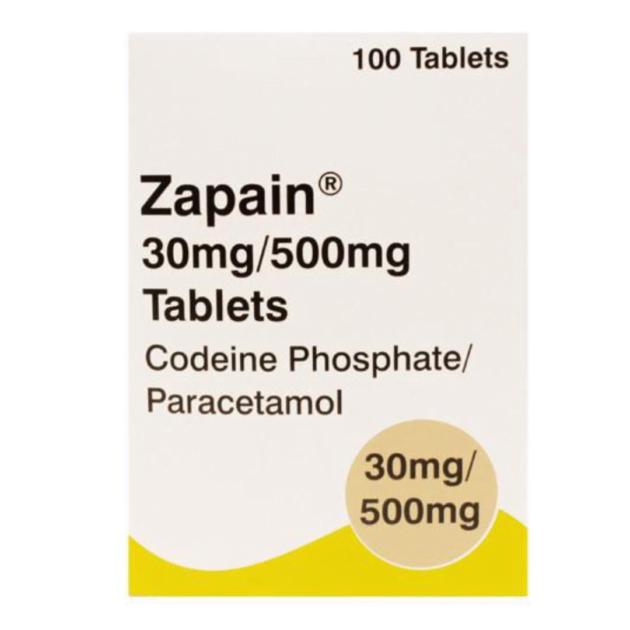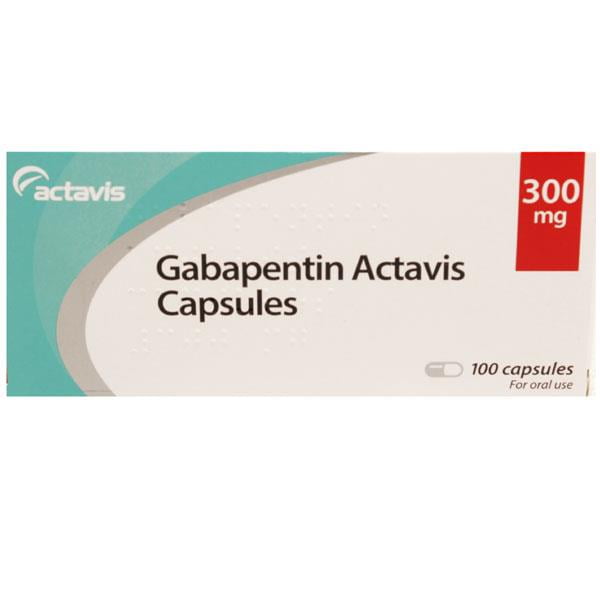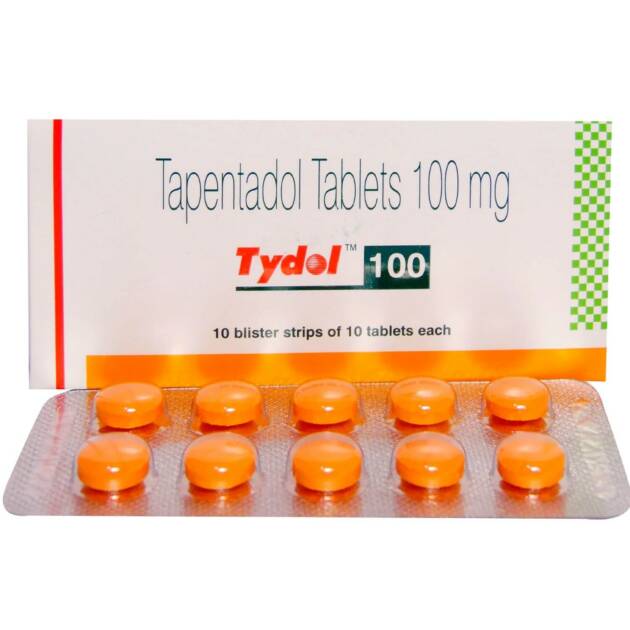Description
Codeine 30mg is a prescription painkiller used to treat mild to moderate pain and can also be used as a cough suppressant. Codeine is an opioid analgesic that works by altering the way the brain and nervous system respond to pain, providing effective relief from conditions such as headaches, dental pain, and musculoskeletal pain.
Key Features:
- Opioid Pain Relief: Effective for managing mild to moderate pain.
- Cough Suppressant: Also used for treating persistent coughs in certain conditions.
- Fast-Acting: Provides quick pain relief when other medications are insufficient.
Usage & Dosage:
- Typical Dosage: As prescribed by your healthcare provider, usually 1-2 tablets every 4-6 hours.
- Administration: Take with water, with or without food, as directed by your doctor.
- Caution: Do not exceed the prescribed dosage. Avoid alcohol and other CNS depressants while taking this medication.
Important Information:
- Prescription Required: Codeine is a controlled medication, and a valid prescription is necessary.
- Addiction and Dependence Risk: Codeine carries a risk of dependence, especially with prolonged use.
- Side Effects: Common side effects include drowsiness, constipation, and nausea. Contact your doctor if you experience severe or unusual symptoms.
- Storage: Store in a cool, dry place, out of reach of children.
Who Should Avoid This Medication?
- Individuals with respiratory issues, liver problems, or a history of substance abuse.
- Pregnant or breastfeeding women unless specifically advised by a healthcare provider.
- Those allergic to codeine or other opioids.
Why Choose Us?
We provide high-quality pain relief medications. Our Codeine 30mg tablets are sourced from trusted manufacturers and undergo stringent quality checks to ensure safety and efficacy.
Disclaimer: Codeine should be used under the guidance of a healthcare professional. Misuse of opioid medications can lead to addiction, overdose, or serious side effects. Always follow your doctor’s instructions and the patient information leaflet provided.




